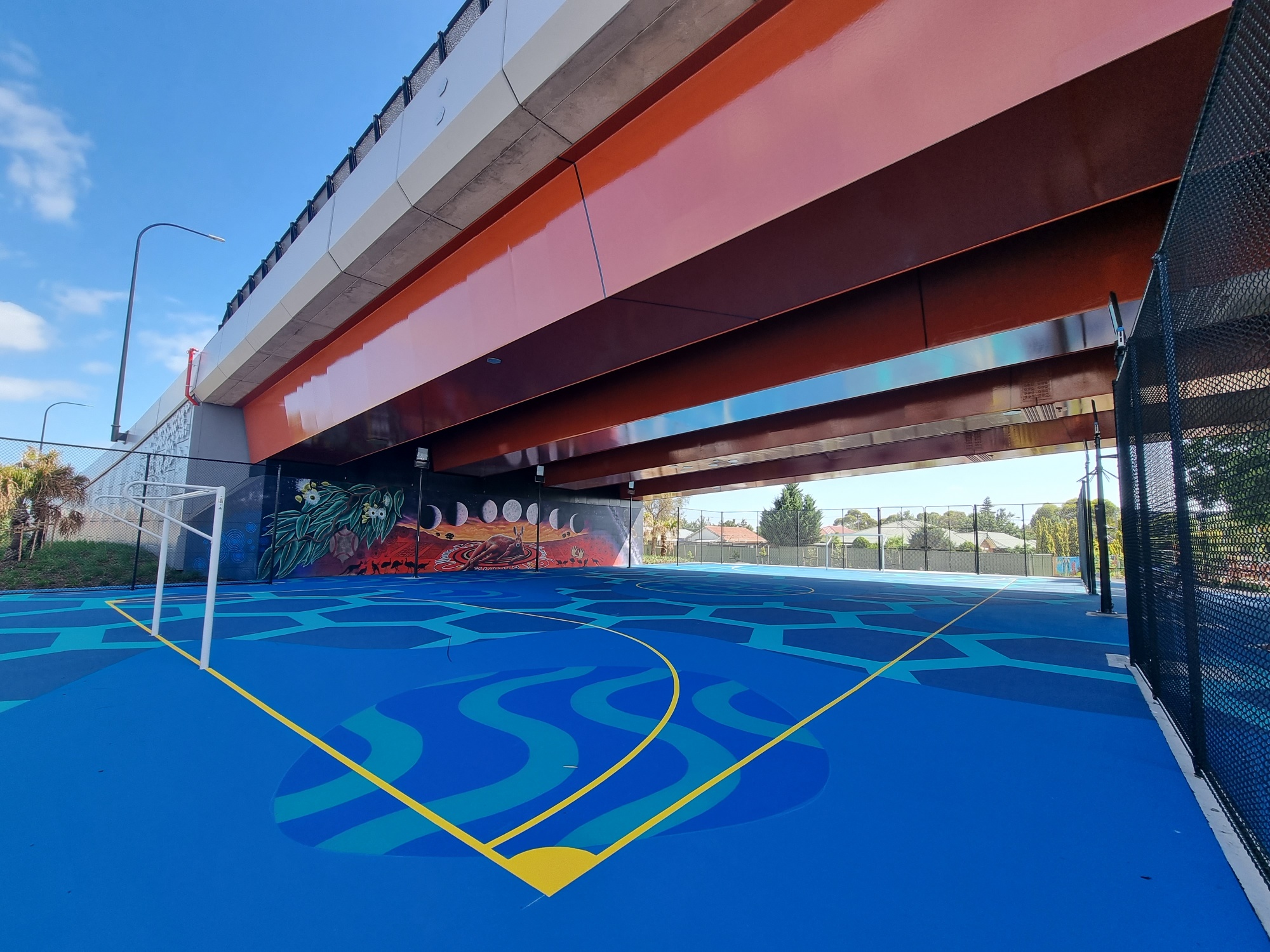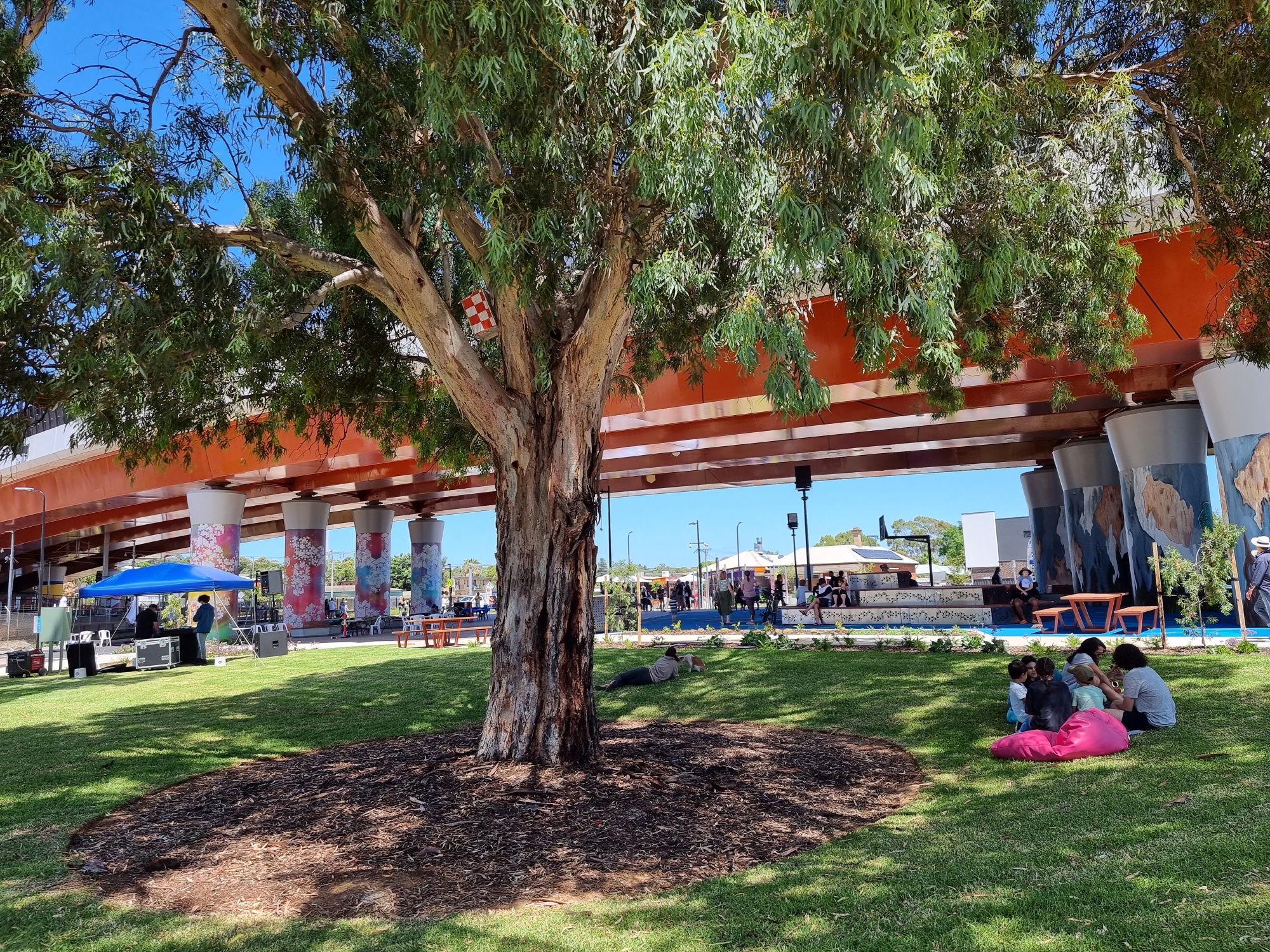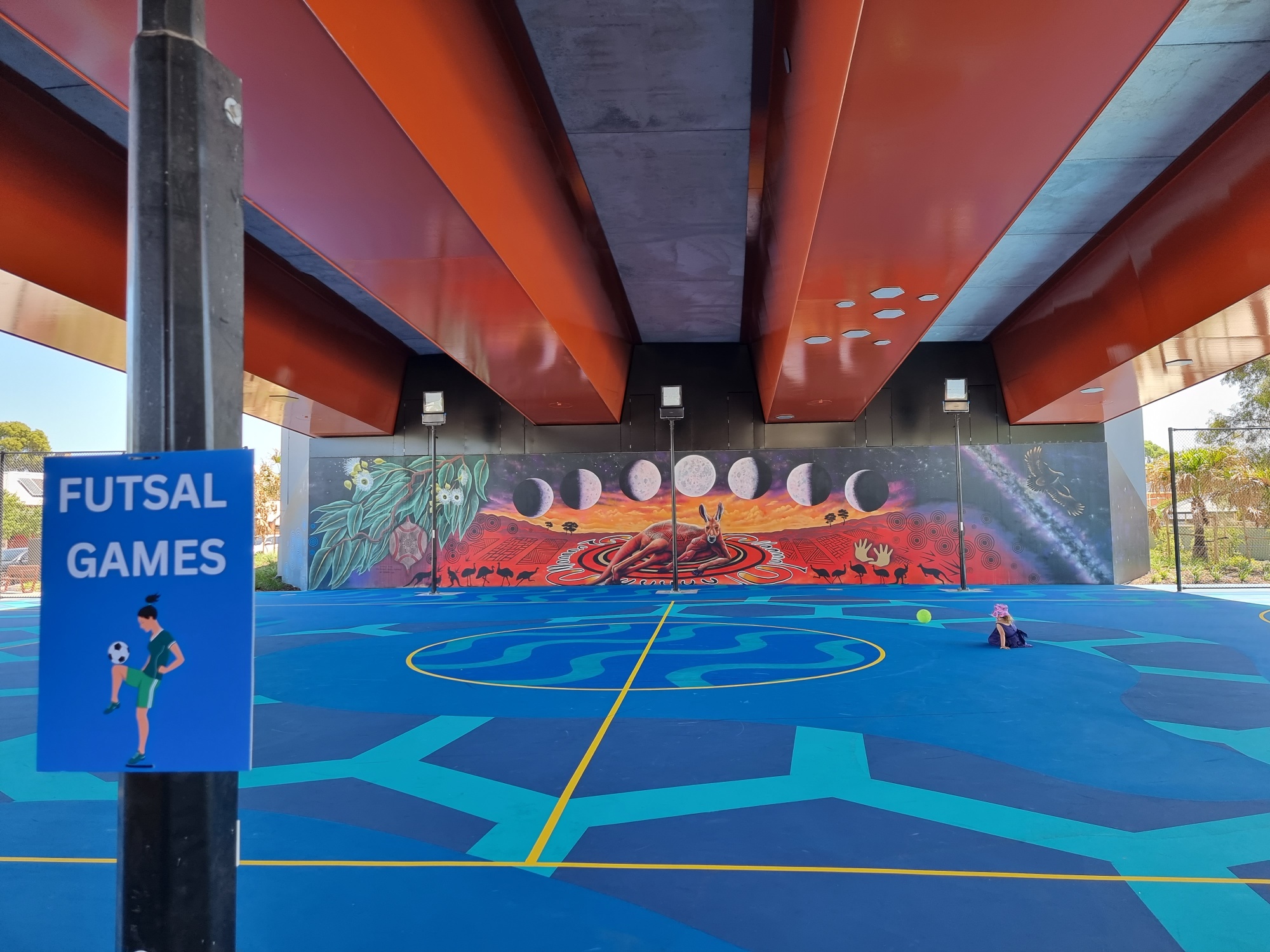Ovingham Level Crossing Removal Project: Creating safe, diverse and inclusive environments
The safety of all people, including teams working on a project is key, from those based in the project and design office/s to workers on-site and people operating within the supply chain.
The legacy the Ovingham Level Crossing Removal project leaves behind is a testament to everyone who worked on the project, and it was made better by the diversity across the board.
The safety of all people, including teams working on a project is key, from those based in the project and design office/s to workers on-site and people operating within the supply chain. Tracie Hanson’s career spans more than 20 years ensuring safety across many major infrastructure projects.
We caught up with her to learn about her work on the Ovingham level crossing removal project in Adelaide, Australia and explore why ensuring safety for the entire life cycle of a project is essential.
Tell us about the Ovingham Level Crossing Removal Project.
On average, 21,300 vehicles travel along Torrens Road each day. Motorists, cyclists and pedestrians were heavily impacted prior to the project; with boom gates down for approximately 22% of the time during peak periods, a busy junction just 100 metres away, and having to cross interstate and passenger rail lines. I’ve been able to play a key role in delivering improvements that better safety outcomes.
How can we embed safety in all that we do from the onset of the project and keep the entire life cycle of the project (and stakeholders) in mind?
Safety in design can be ensured by engaging with various stakeholders (including the ultimate asset owners and maintainers) from the outset, running workshops, documenting key hazards and risks, and eliminating risks as far as reasonably practical. At times, this can be constrained by people who think along the lines of “but that’s what we have always done” or “but our processes prevent us from doing that”. This allows us to mitigate other risks throughout the design process and transfer the risks with adequate documentation and knowledge sharing to the construction team, and then asset owners/maintainers prior to completion.
Recently, a number of us in the Adelaide MM Office, including the leadership team, attended Mental Health First Aid Training which means we now have a number of certified wellbeing champions within the office. This raises awareness of wellbeing and provides more support in this critical area.
What safety considerations can often be overlooked when delivering projects?
It’s imperative that safety includes more than safety in design or safety on site and that it ensures the safety, health, and wellbeing of all throughout the project. These people are the heart of the project. This can be achieved when a leadership team supports and promote a good working culture, conducts climate surveys and responds to highlighted issues, creates a collaborative team environment, and builds trust, respect and opportunities for all people to have their say.
What measures have you taken to nurture an inclusive culture on the project?
We spend a lot of time at work, and we’re all busy, so creating the right environment is vital. Our project team put mental health and wellbeing at the forefront of our thinking and instigated lots of enhancements that include creating an outdoor (lunch) area with plants, a book exchange, messages on whiteboards to lighten people’s days, celebrating and marking key milestones, climate surveys (as mentioned above) and arranging regular awards to celebrate those who have gone the extra mile. These measures may seem small, but they helped create a workplace we enjoyed.
How can a diverse team make a huge difference when considering safety on projects?
One key area of any project is having a diverse team – including a whole range of genders, ethnicities, knowledge and skills. A fruit salad consisting of only oranges would eventually get boring. Our work as engineers allows us to create a fresh and abundant “fruit salad” that includes people from all walks of life and skills. We’re better able to consider end users of infrastructure and generate innovative ideas to create a positive culture where people are (and feel) valued, enhancing safety and project outcomes.
How has a diverse team on the Ovingham Level Crossing Removal Project helped to generate innovative and inclusive ideas?
I’ve never worked with as many women in construction as I have on this project. It’s been brilliant to see women working in a wide range of roles from site and design engineers and surveyors to contract administration and community relations and also having half of the Alliance Management represented by women. Having a diverse team delivers a much better culture, working environment, broader thinking, and the opportunity to bounce different ideas off each other, which leads to enhanced project outcomes. The legacy the Ovingham Level Crossing Removal project leaves behind is a testament to everyone who worked on the project, and it was made better by the diversity across the board.
Do you have any suggestions for developing a positive culture where people listen, feel comfortable sharing new ideas and feel supported?
Be open-minded. Listen to ideas. Consideration of new information, including the benefits and value, can enhance project outputs. If processes need to be changed, address them throughout the project and consult with stakeholders to explore better ways to do things, safely.
Read our global equality, diversity and inclusion strategy, Everyone’s Business, which includes research on the benefits more diverse teams can bring to projects in terms of creativity and innovation.
Start your journey
A career at Mott MacDonald means an opportunity to deliver value, innovation and excellence in some of the world’s most pivotal industries. Apply now to be part of a global team of experts pushing each other to be brilliant every day.






